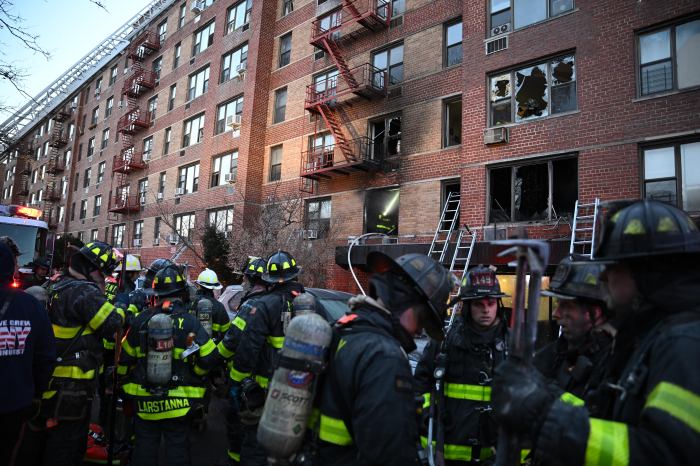Will upgrades to the existing Belmont Park Long Island Rail Road Station include a bus terminal to accommodate the Nassau Inter County Express (NICE) bus, New York City Transit bus, MTA bus and private bus charter operators who may establish new routes for serving the Islanders Belmont Arena?
There are several thousand reverse commuters from NYC who travel from either Flushing or Jamaica to jobs or schools in Nassau County through the NICE Bus. Using the Metro Card with a free transfer from the NYC Transit subway to NICE Bus only cost $2.75. They ride the bus versus more expensive LIRR fares. The same will be true for hundreds of future employees at the Belmont Park Islanders Arena, as well as hotels, retail, restaurants and the conference center in the area who will be dependent upon bus service to access job opportunities.
How is the Empire State Development Corporation planning for the establishment of these future services?
What is the current status for scope of work, budget, funding source and implementation schedule for these improvements?
What is the current status for dialogue with Nassau County, Nassau Inter County Express, New York City Transit and MTA Bus for establishment of new or extension of existing bus routes?
Will there be creation of any new closed door express bus shuttle services for employees, sports fans and shoppers from Jamaica, Flushing, the Hempstead multi-modal bus terminal, Rockville Center, Lynbrook, Floral Park or Queens Village LIRR and NYC Transit subway stations to the Belmont Arena?
Will the NICE Bus N6 and N6X bus routes provide additional service? Will NYC Transit bus Q1, Q27 or Q88 routes be extended to provide direct connections with the Islanders Belmont Arena?
How will taxi, Uber, Lyft and other car services be accommodated?
Will any potential future MTA LIRR, NYC Transit bus, MTA Bus or NICE bus transportation facility, other capital and service transportation improvements be paid for by the developer or MTA?
Why is the Empire State Development Corporation following the state SEQUA and not federal National Environmental Protection Act?
Following NEPA is necessary to preserve eligibility for potential Federal Transit Administration funding opportunities to pay for any planned transportation improvements.
—Larry Penner
Larry Penner is a transportation historian, advocate and writer who previously worked 31 years for Federal Transit Administration Region 2 NY Office.































